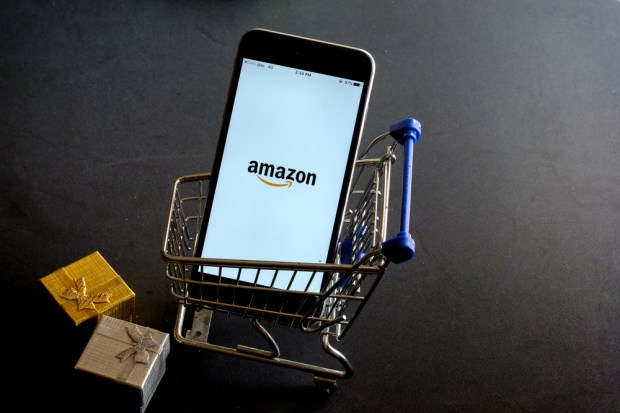Amazon Tracker: Battle Lines Drawn

This week in the Amazon Tracker, Amazon continues to push out globally, expanding its scale and a long list of offerings. As it does, battle lines are being drawn as the online retail (and a lot else) giant starts to bump up against its competition.
Starting with an early holiday present to its worldwide customer base (and, no doubt, to push back hard at Netflix), Amazon rolled out its Prime Video service to encompass 200 countries and territories worldwide last week. There is one notable exception, however. Like Netflix, Amazon has opted not to introduce its Prime Video service to China.
Amazon Prime Video, for those not in the know, is the retail giant’s cinema and television streaming service available on apps for iOS, Android, on Amazon’s branded devices, a number of smart TVs and online. The service also includes the option for offline downloads of video content.
Now, you might be thinking: How is Prime Video available in more countries than Amazon currently offers its Prime service? In countries where there is no Prime subscription option, Prime Video can now be purchased for $5.99 per month. Right now, Amazon is offering a free seven-day trial and an initial 50 percent for the first six months as a way to encourage new sign-ups. For comparison, customers pay $7.99 each month for the lowest-tier Netflix plan.
While Amazon has not released user figures for its Prime Video service, Netflix has about 86.7 million active users as of Oct. 2016. With the competitive pricing, Amazon might be looking to get a bigger piece of the streaming pie. At the very least, Amazon could be looking for some Netflix users to double down on their streaming subscriptions. Let the video provider games begin!
Not content to brush up against one industry giant, another big announcement from Amazon came this week. Whether it’s drones, planes or ships, Amazon has been hinting for years that it wants to rely less on third-party companies and instead invest in building its own, Amazon-branded shipping empire.
The company is reportedly working on building a new app-based service that will match truck drivers with shippers in need of truckers. Scheduled to launch in the summer of 2017, Amazon seems to be looking to leverage its nationwide shipping network to break into the logistics space and cut out the middleman.
But Amazon won’t get into the $800 billion trucking and logistics space without coming up against some competition. Uber is also getting in the long-haul delivery business, launching a new unit called Uber Freight. And while Amazon’s endgame ambitions seem to be broader than Uber’s when it comes to truckers, both companies will directly compete in terms of app-based services matching truckers with shippers in need of truckers.
The trucking space may be large enough for two apps — particularly since small fleets and independent truckers have fewer ties and generally fewer opportunities to connect with large suppliers. If anything, the competition between Amazon and Uber could benefit historically underserved smaller fleets — though, we’ll have to wait until at least summer 2017 to see how it all plays out.
Closing out this edition of the Amazon Tracker is some lighter news from last week. Amazon announced that it has started a small, private drone delivery trial in the U.K. While it’s a little too late to be the first (you win this round, 7-Eleven), slow and steady wins the race.
Amazon is currently working with only two lucky shoppers near its first Prime Air fulfillment center in Cambridge, U.K. who can now order their goods by drone. Over time, Amazon plans to eventually expand this trial to hundreds of shoppers who live within a few miles of its first Prime Air fulfillment center.
The first Prime Air delivery took place on Dec. 7 and took 13 minutes. As of now, Amazon is guaranteeing delivery in 30 minutes or less, beating out its own already insanely fast one-hour delivery on select items via Amazon Prime Now.
